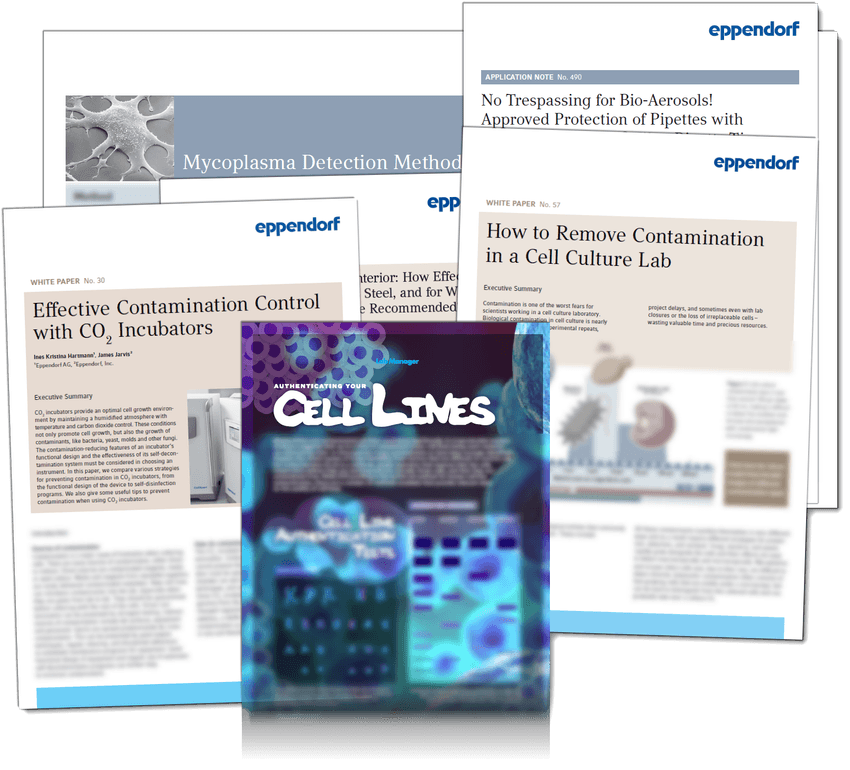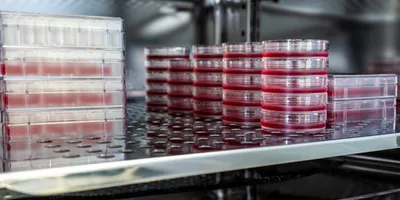Biological contamination can silently derail the most rigorous cell culture workflows, threatening experimental validity and leading to costly downtime. Contamination control is a foundational concern for any cell-based research lab, particularly in shared spaces or high-throughput facilities. This resource collection provides a comprehensive look at best practices for safeguarding cell cultures, addressing both proactive design and procedural strategies as well as effective response protocols when contamination occurs.

The compendium draws from expert guidance and laboratory studies to outline practical steps for contamination prevention, including incubator maintenance schedules, disinfection workflows, and antimicrobial material options. It offers insights into the risks of aerosol-based transmission during pipetting, the challenges of detecting mycoplasma and fungi, and the value of robust authentication and monitoring protocols. The included resources also examine post-contamination recovery strategies, ranging from decontaminating equipment to decision-making around salvaging irreplaceable cell stocks.
These resources help support policy development, equipment selection, and team training for laboratories looking to reduce contamination risk and improve the reliability of their research.
Access this resource collection now to learn:
- How aerosols contribute to hidden contamination during pipetting
- Best practices for preventing microbial contamination in shared spaces
- Comparative performance of cleaning protocols and antimicrobial surfaces, with cost-effective options
- Detection methods for mycoplasma and other hard-to-catch invaders
- Disinfection workflows for biosafety cabinets and incubators
- Guidance for recovery protocols and cell line authentication following contamination events



